Mangosteen, best outdoors heat source?
simon_grow
12 years ago
Related Stories
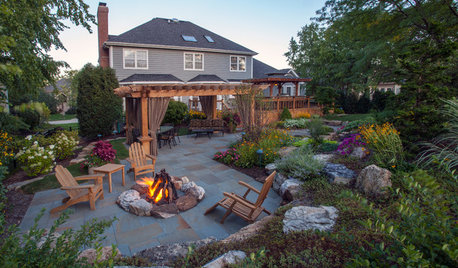
GARDENING AND LANDSCAPING3 Ways to Bring the Heat to Outdoor Living Spaces
Here’s what to know about surviving winter’s bite with an outdoor fireplace, fire pit or heat lamp
Full Story
FLOORSFloors Warm Up to Radiant Heat
Toasty toes and money saved are just two benefits of radiant heat under your concrete, wood or tile floors
Full Story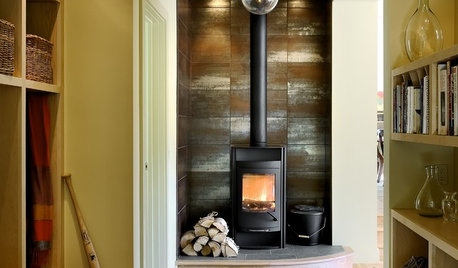
FIREPLACESHeat Your Space in Style with Today's Wood-Burning Stoves
Cleaner burning and streamlined, new wood-burning stoves warm up the room
Full Story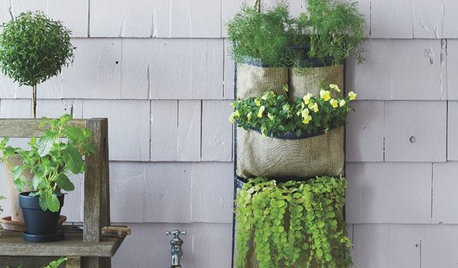
PRODUCT PICKSGuest Picks: How Do You Spell Urban Heat Relief?
Turn even a small balcony into a summer oasis with retreat-conjuring plants, furniture and accessories
Full Story
BATHROOM DESIGNWarm Up Your Bathroom With Heated Floors
If your bathroom floor is leaving you cold, try warming up to an electric heating system
Full Story
GREEN BUILDINGInsulation Basics: Heat, R-Value and the Building Envelope
Learn how heat moves through a home and the materials that can stop it, to make sure your insulation is as effective as you think
Full Story
HOUSEKEEPING5 Steps to Improve Your Heating System Now
Increase your heater's efficiency and safety for lower energy bills and greater peace of mind this winter
Full Story
FLOORSIs Radiant Heating or Cooling Right for You?
Questions to ask before you go for one of these temperature systems in your floors or walls (yes, walls)
Full Story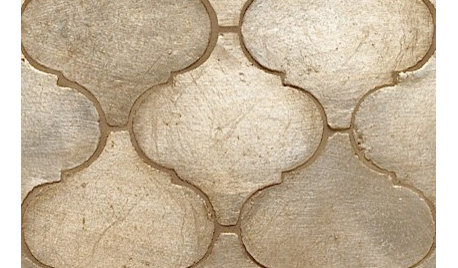
PRODUCT PICKSGuest Picks: Moroccan Flair to Heat Up Fall Interiors
Layer these exotic-looking furniture pieces, textiles and accessories for a warm look and a global vibe
Full Story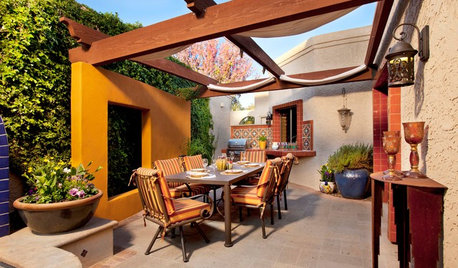
GARDENING AND LANDSCAPINGPatio Details: Sliding Fabric Panels Filter the Light Just Right
Stepping up to the harsh sun and heat of the desert Southwest, this intimate patio is an exotic escape right outside
Full StoryMore Discussions







ohiojay
adiel
Related Professionals
West Milford Landscape Architects & Landscape Designers · Benbrook Landscape Architects & Landscape Designers · Carson Landscape Architects & Landscape Designers · River Forest Landscape Architects & Landscape Designers · Aloha Landscape Contractors · Caldwell Landscape Contractors · Desert Hot Springs Landscape Contractors · Mission Bend Landscape Contractors · Monterey Landscape Contractors · Muttontown Landscape Contractors · Riverview Landscape Contractors · San Bruno Landscape Contractors · Wethersfield Landscape Contractors · Wilton Landscape Contractors · Hawaiian Gardens Landscape Contractorsnewgen
jsvand5
newgen
newgen
murahilin
simon_growOriginal Author
newgen
Pancrazio
north_tree_man
adiel
jsvand5
simon_growOriginal Author